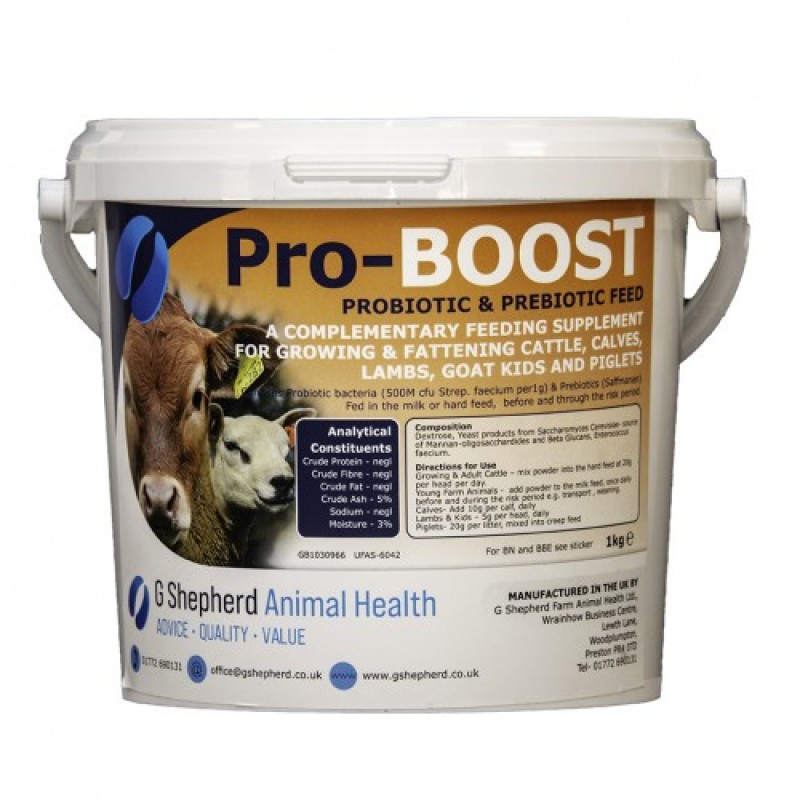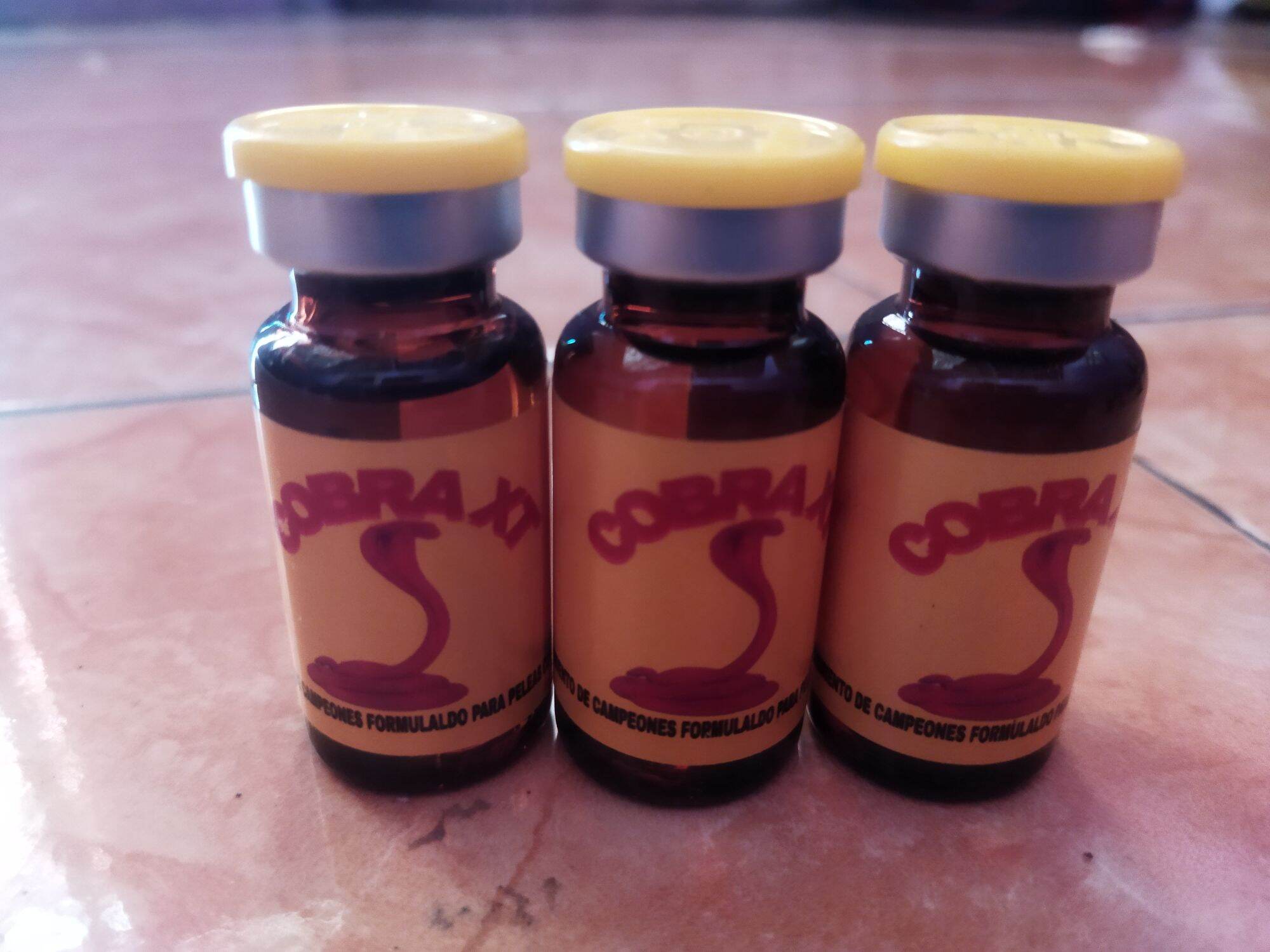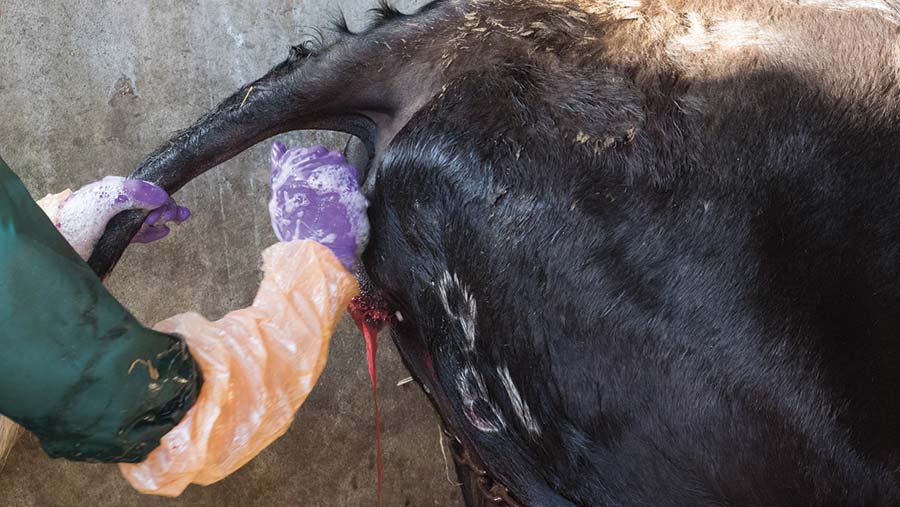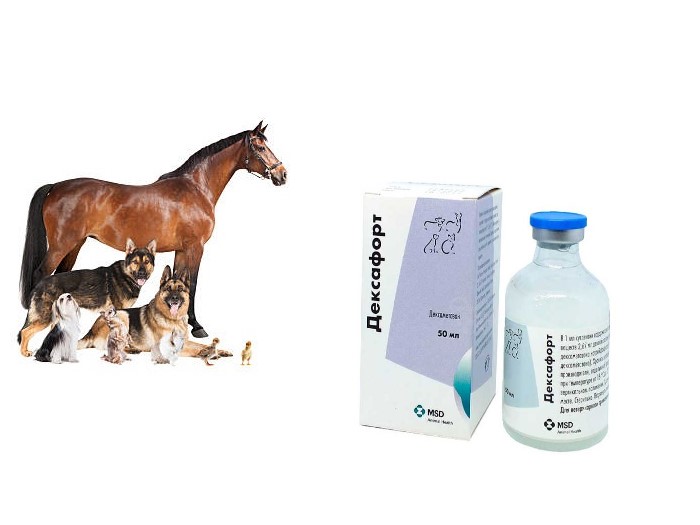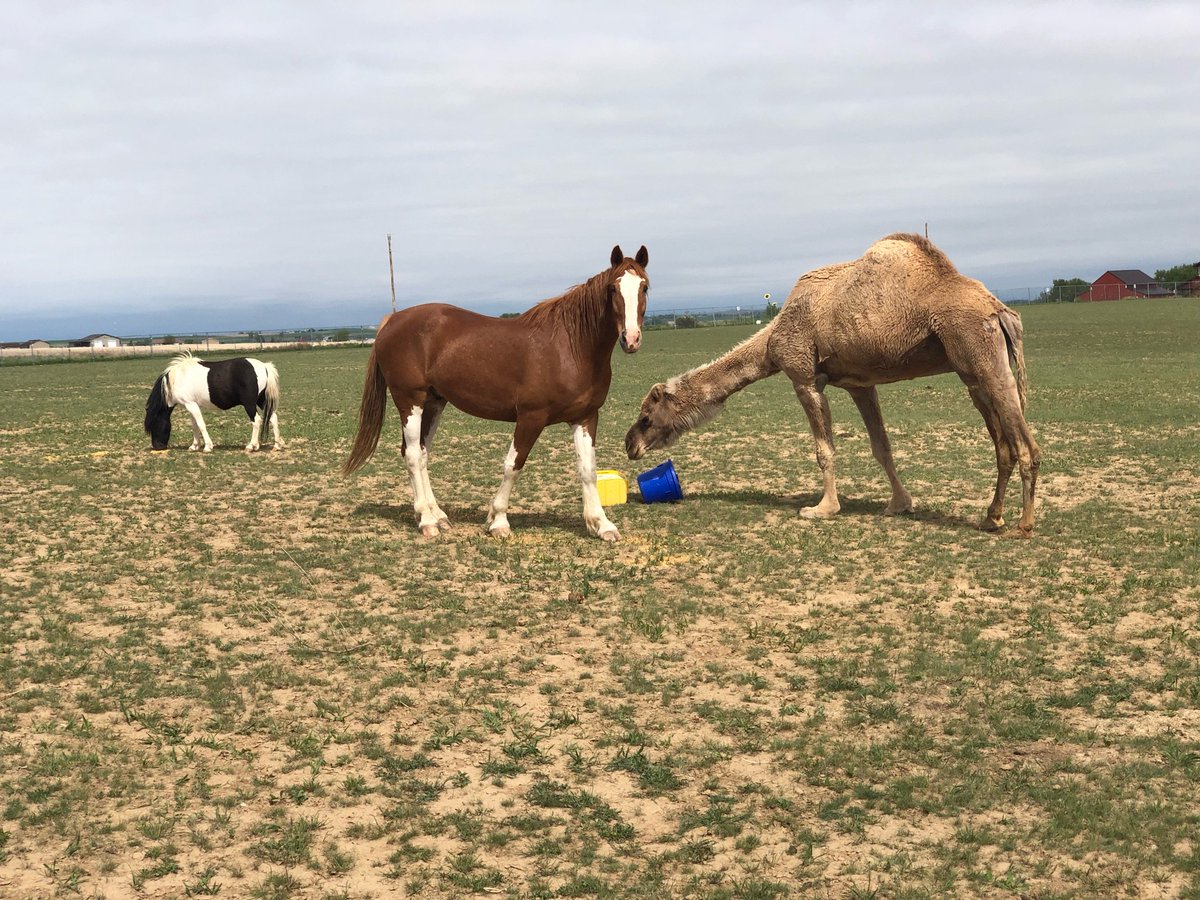Are you seeking a reliable supplement to enhance your pet’s digestive health? Look no further than Pro-BOOST Probiotic & Prebiotic Powder for animal use — a scientifically formulated product designed to support optimal gut flora, boost immunity, and improve overall well-being in pets and livestock.
What is Pro-BOOST Probiotic & Prebiotic Powder?
Pro-BOOST is a high-quality dietary supplement that combines beneficial probiotics and prebiotics specifically formulated for animals. It helps maintain a healthy balance of gut bacteria, aiding digestion and nutrient absorption, and promoting a stronger immune system. Cobra XT Solution
Composition of Pro-BOOST Probiotic & Prebiotic Powder
This potent formula includes:
- Probiotics (Beneficial Bacteria):
- Lactobacillus acidophilus
- Bifidobacterium bifidum
- Enterococcus faecium
- Bacillus subtilis
- Prebiotics (Fiber Sources):
- Fructooligosaccharides (FOS)
- Mannanoligosaccharides (MOS)
- Additional Ingredients:
- Vitamins and minerals to support overall health
All ingredients are carefully selected for safety and efficacy in animals.
Usage, Dosage, and Administration
Pro-BOOST should be administered according to the animal’s size and health condition:
- Small Animals (Dogs, Cats):
- Mix 1-2 grams (about 1/2 teaspoon) daily into food or water.
- Livestock (Horses, Cattle, Sheep):
- 5-10 grams per day, mixed thoroughly with feed.
- Poultry:
- 1-2 grams per kilogram of feed, daily.
Administration Tips:
- Offer consistently for at least 2-4 weeks for optimal results.
- Can be given directly or mixed with regular feed or water.
- Consult a veterinarian for specific dosing adjustments based on health status.
Storage Instructions
To maintain the efficacy of Pro-BOOST:
- Store in a cool, dry place away from direct sunlight.
- Keep the container tightly closed after each use.
- Keep out of reach of children and unauthorized personnel.
- Best used within the expiration date printed on the package.
Benefits of Using Pro-BOOST Probiotic & Prebiotic Powder
- Enhances digestive health and nutrient absorption
- Restores and maintains healthy gut flora
- Supports immune function
- Reduces gastrointestinal disturbances and diarrhea
- Improves overall vitality and productivity
Why Choose Pro-BOOST?
Our probiotic and prebiotic powder is a trusted choice for veterinarians and pet owners alike, ensuring your animals receive safe, effective, and easy-to-administer gut health support.
Ensure your animals thrive with the proven benefits of Pro-BOOST Probiotic & Prebiotic Powder for animal use. For best results, always follow recommended dosages and consult your veterinarian.
Order now or learn more about Pro-BOOST — your partner in animal health!
Note: This content is for informational purposes. Always consult a veterinarian before starting any new supplement regimen for your animals.
